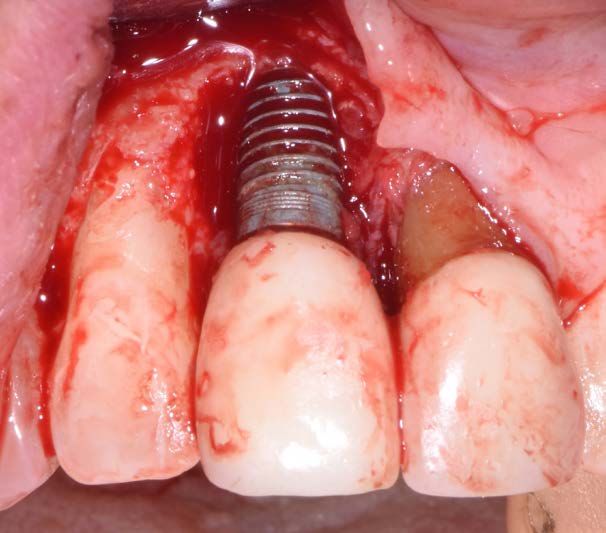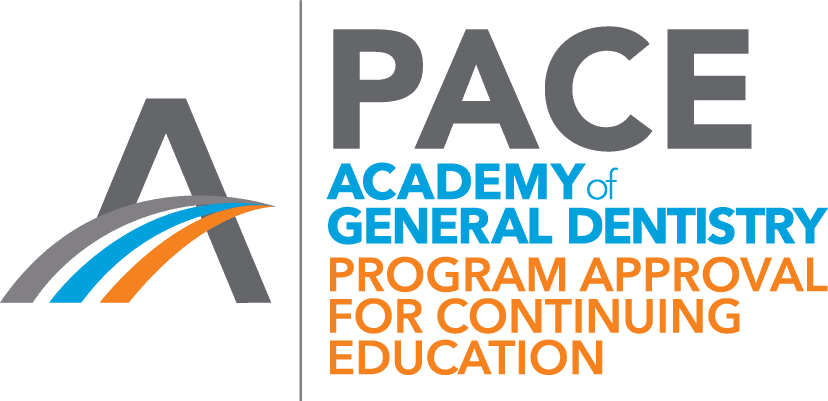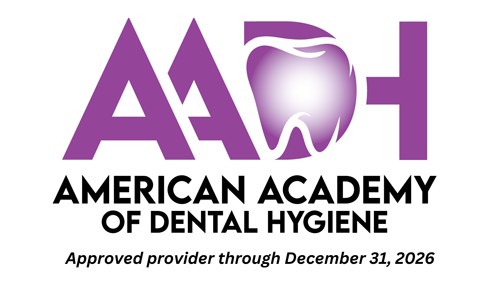Failing implants can result in major esthetic and functional changes. These implants, however, should not be immediately condemned to removal. An understanding of biology, risk assessment, and treatment planning will help in the decision-making process when assessing diseased implants. Different maintenance strategies, regenerative materials, and surgical techniques have increased implant survival rates at costs significantly less than dental implant replacement. It is worth revisiting ways to manage peri-implantitis and peri-implant complications to ensure an implant is appropriately maintained, treated, or removed.
Educational Objectives
At the conclusion of this educational activity, participants will be able to:
- Diagnose peri-implant conditions using the latest classification systems.
- Describe the etiologies for peri-implant disease and identify strategies to address these etiologic factors.
- Discuss local and patient-level risk factors that lead to implant failure.
- Utilize evidence-based treatment strategies for failing dental implants, employing appropriate nonsurgical and surgical protocols to maintain, treat, or remove ailing/failing implants
About the Author

Adam Saltz, DMD, MS, MPH, is a practicing periodontist and diplomate of the American Board of Periodontology. He is president of the Maine Dental Association and District 1 Representative to the ADA New Dentist Committee.






